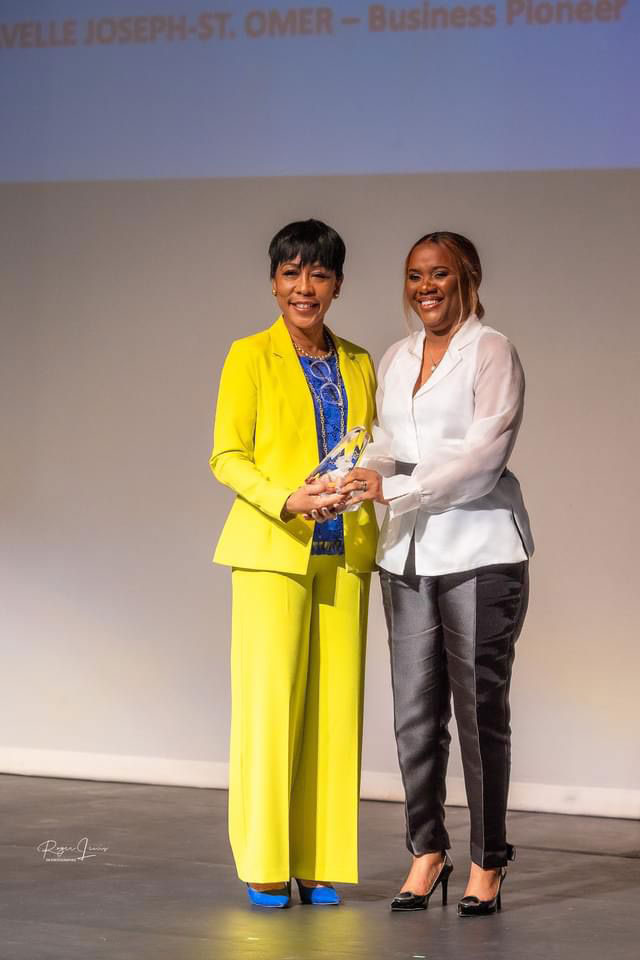When I became a Workplace Learning Professional in the mid 2000s, one of the first articles I read about organisational learning was from a gentleman called David Maister, published by the USbased Association of Talent Development (ATD).
I considered it a baptism of fire into the world of organisational learning, and you will agree me with me when you reflect on the topic—“Why Most Training is Useless.” Maister argued that the billions of dollars spent all over the world each year on corporate training was mostly useless because in a large part, most corporate training investments were aimed at just “ticking boxes”.
Challenged by his thinking, we have developed and implemented several differentiated approaches to organisational learning and achieved modest successes with different organisations over the years. I would therefore like to share three non-exhaustive paradigms and principles—which if embraced will ensure that your training investments are not wasted happen and will support professionals and leaders like you to create a true learning organisation.
The first thing to ask is—what exactly is the purpose of training? My conclusion at the paper I delivered at ATD Conference in Chicago, USA in 2010 was simple—the overarching purpose of training is to create positive change. If we agree that it is, then we must build our training interventions on a policy framework that supports change. I therefore advocate that we see the nexus between “training” and “change management” and use what we have now coined as the Learning Impact Model (LIM) to create a deliberate policy for managing training projects.
The LIM is built on the ADKAR Change Management framework developed by the Prosci Institute in the United States. It simply says that there are three phases to every training project – 1) Pre-Training; 2) During Training and 3) Post-Training. Drawing on ADKAR, we must ensure that pre-training, we create sufficient AWARENESS and DESIRE for the training and the change we want to achieve by ensuring deliberate goals-focused communication from Line Managers to participants and using self-assessments that show learning gaps amongst others and will get participants to see the WIIFM (What Is In It for Me) of the Training.
During training, we must deliver contextually relevant material using experiential techniques like home-grown case studies, role plays and job aids amongst others to build the KNOWLEDGE and ABILITY of participants. After the training, there must be REINFORCEMENT from leaders in terms of high-level executive sponsorship for the training; managers linking training outcomes to strategic projects; and reflecting training commitments in Key Performance Indicators of the participants.
If training is to create CHANGE, then we must ADKAR it!
In addition to putting ADKAR into Training, we must use Competencies (the demonstrable knowledge skills and behaviours that predict success in a particular job) to drive discussions about training needs and the ultimate training decisions. The Competencies must reflect the STRATEGIC goals of the organisation and must be developed for all the jobs in the organisations and refreshed from time to time as strategic priorities evolve.
Organisations should then create and implement a system of Annual Development Planning that focuses on analysing competency gaps and rolling out training that is aligned 100% with these gaps.
Also, organisations need to be deliberate about building a culture around learning and promoting what Professor Pat Utomi of the Center for Values in Leadership describes as the “Pedagogy of the Determined”—the learning that is driven by self-motivated people that creates the greatest impact and success. Employees should be encouraged to pursue self-development rather than wait to be enrolled for company-sponsored trainings.
Leaders can help to foster this by creating internal learning academies where the capacity and attitude to teach colleagues and share knowledge is prioritised and practiced. They should also invest in online micro-learning platforms by either subscribing to publicly available Massive Open Online Courses (MOOCs) or building their own in-house Learning Management Systems (LMS) so that employees who are determined to learn, can do so on their own and on-the-go!
Organisational Learning is critical to driving the innovation and change that the leaders of our organisations have envisioned in their strategies. But without a clear and deliberate strategy reflecting the non-exhaustive principles that I have shared about building a learning organisation, the training investments that our organisations continue to make may just end up being wasteful, and when faced with a recession or dwindling fortunes, organisations may resort to a knee-jerk response of cutting the training that they have been doing the wrong way and inevitably stifling the innovation and change required to overcome the recession. What do you think?





